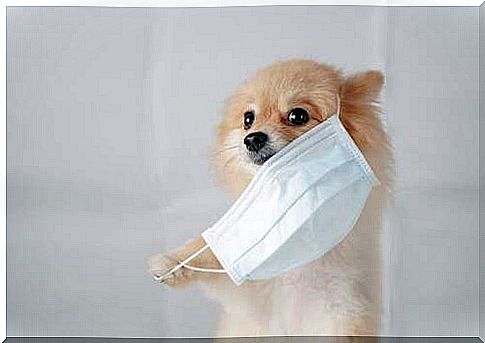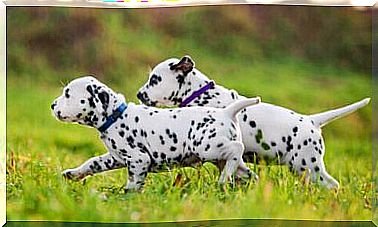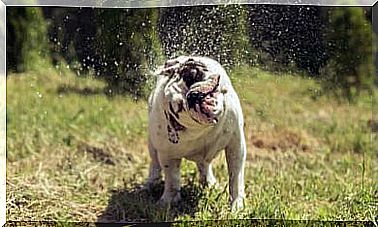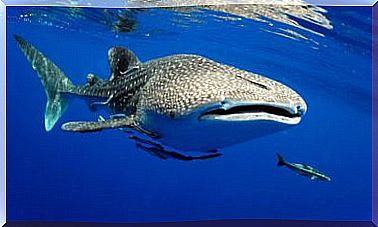Does Wearing A Mask Confuse Dogs?

By now the company has accepted the use of the mask as part of the “new normal”. In fact, for months now, in addition to maintaining social distancing, we have to use the mask to prevent the spread of COVID-19. The mask covers a part of our face which, consequently, loses expressiveness.
Dogs are able to read and interpret our gestures, but if they can only see part of our face, we take away important information from them. Does this mean that the use of the mask confuses them? Let’s find out in this article.
Dogs interpret our gestures
Your dog understands you when you talk to him. Even if they cannot understand the meaning of what you say, dogs are able to interpret our gestures, words and emotions.
In fact, dogs have brain mechanisms very similar to ours, as they process intonation with the right hemisphere and words with the left hemisphere. In this way, they not only understand what we say, but also how we say it.
As if that were not enough, they are able to identify the most common words we use when we communicate with them and to associate a meaning to them. Terms such as walking, eating and playing are accompanied by a specific activity and the animal is well aware of this.
Dogs don’t just pay attention to sounds – non-verbal communication is just as or more important to them. Dogs distinguish a happy human face from an angry one and understand what both expressions imply.

The mask hides the expressiveness of the face
There are many studies that have tried to decipher how dogs interpret our expressions. Does what they learn from their masters also apply to the faces of strangers? Do they interpret an expression based on certain facial features or as a whole?
A group of Finnish researchers attempted to answer these questions by recording the gaze of a group of dogs of different breeds as they observed photos of the faces of humans and dogs with three basic emotional expressions: threat, sympathy and neutrality.
By analyzing the dog’s gaze, the experts created maps on the photographs. From these it emerged that the dogs did not base their perception of facial expressions on visualizing the structures separately, but on the whole formed by the eyes, the central part of the face and the mouth.
Although the dogs fixed their gaze longer on the eyes than on the mouth, they achieved a homogeneous evaluation over the entire face. This means that they don’t rely on clues to interpret emotions, such as showing teeth as an index of happiness, but rather evaluate our expression as a whole.
In addition to interpreting the expressions, the dogs responded to them. When they visualized people’s angry faces, they gave out calm signals and tried to avoid them.
Does the mask confuse dogs?
The mask covers a central part of the face, nose and mouth and therefore subtracts gestural information. However, the expressiveness of the eyes, the context and the verbal communication give us enough clues to understand the message.
In fact, dogs are not very visual animals. Although it is true that a foreign object on our face can cause some initial reactions, especially in the more reactive ones, in general dogs are guided and interpret the world through the sense of smell.
The mask can be a bit confusing for dogs, but luckily they use other visual, olfactory and sound cues to complete the information and understand the situation. For example, the tone of voice is essential for dogs, as they can distinguish positive or negative messages thanks to this characteristic.

Is all this a problem?
The use of the mask is not a problem for the daily life of dogs, especially when they live with us and are used to our way of acting, our routines and our schedules. Therefore, there is no justification not to wear it in public places or to stop walking our pets.
Although some dogs may be surprised at first, after a while the mask will stop attracting their attention. If not and you think it may cause behavior problems for your pet, talk to a veterinarian or trainer.
The pandemic caused by the COVID-19 virus has no short-term solution and we must all work together to prevent its expansion. The dog, like any other animal exposed for a long time to the same stimulus, will eventually get used to the use of the mask by its owner.









